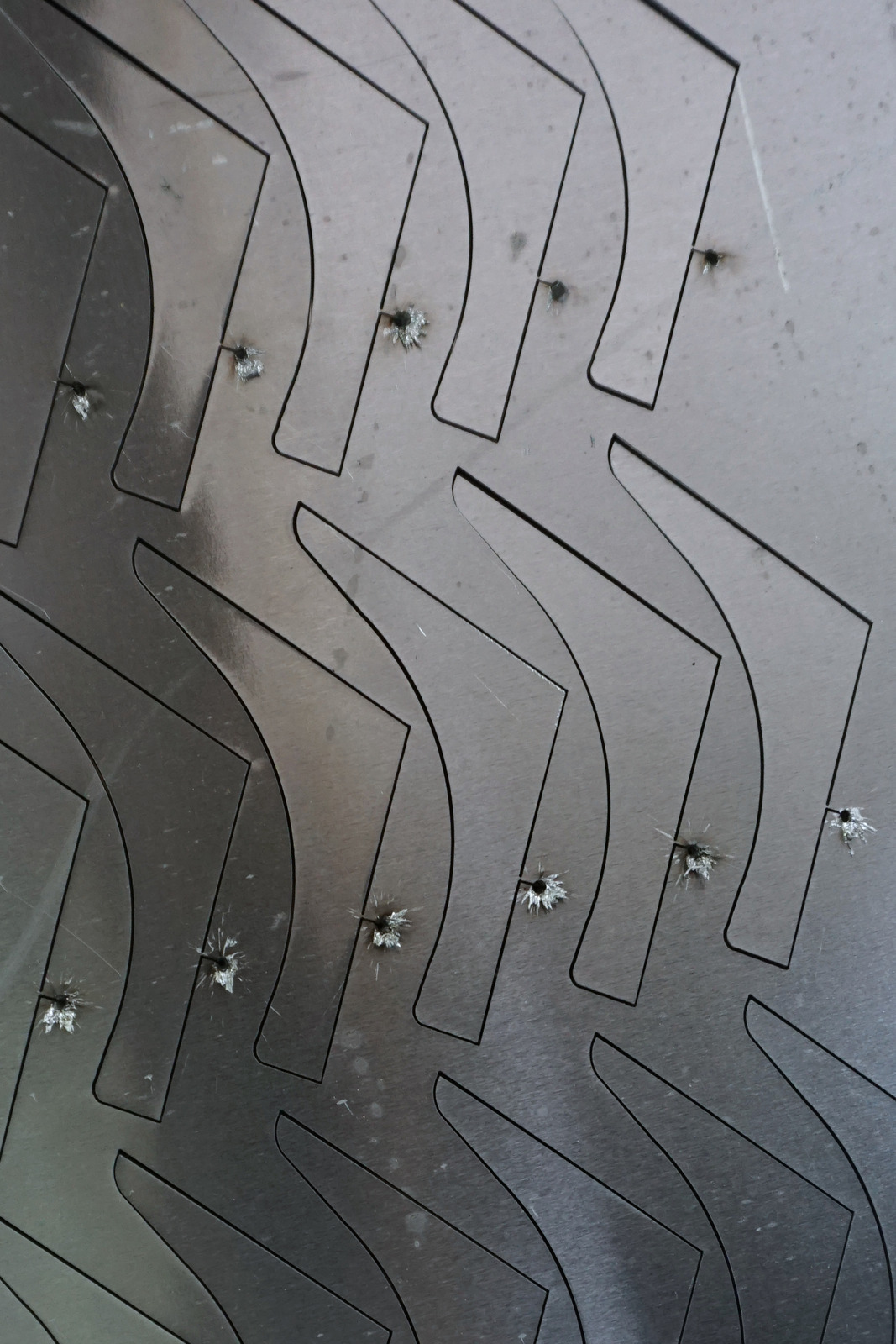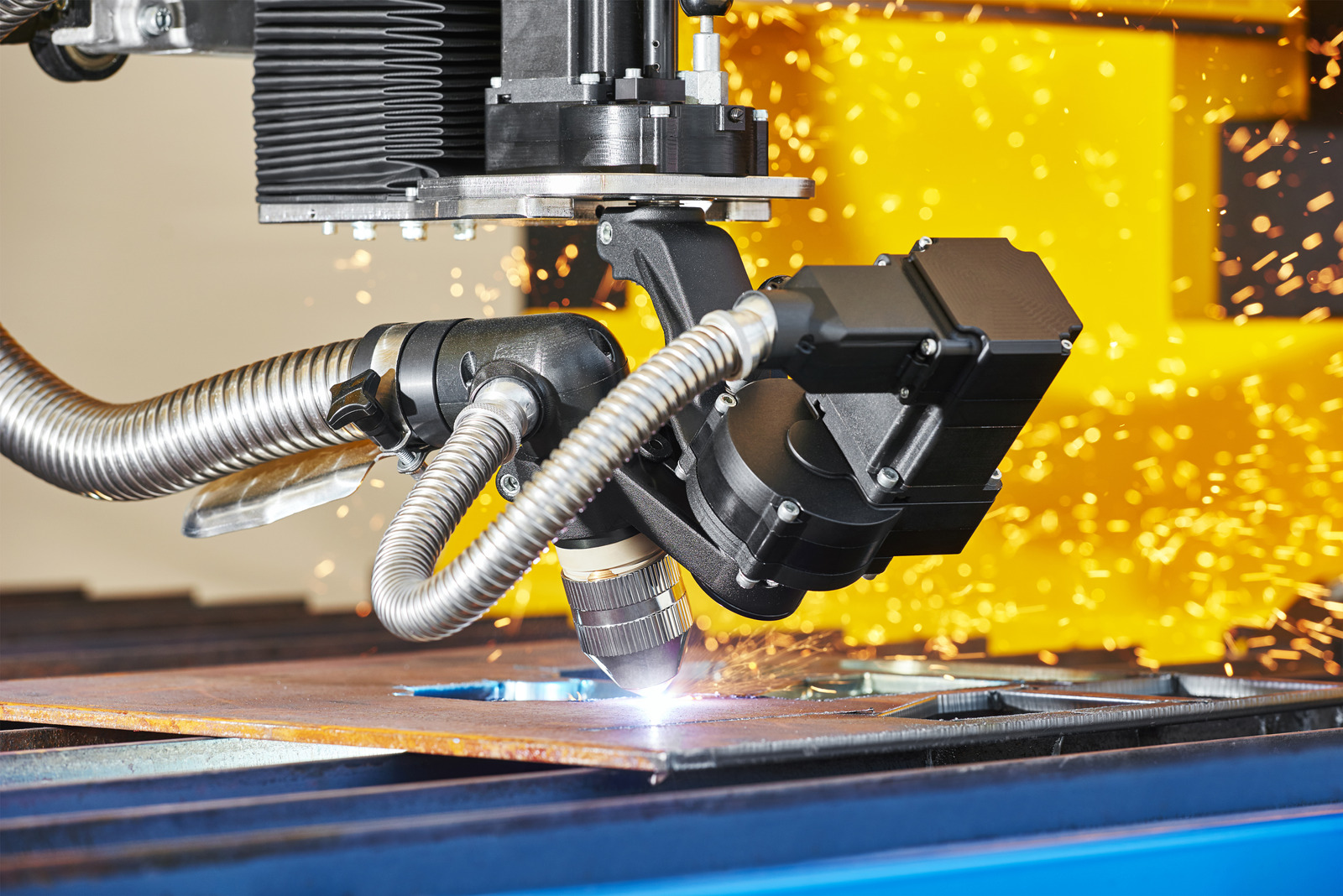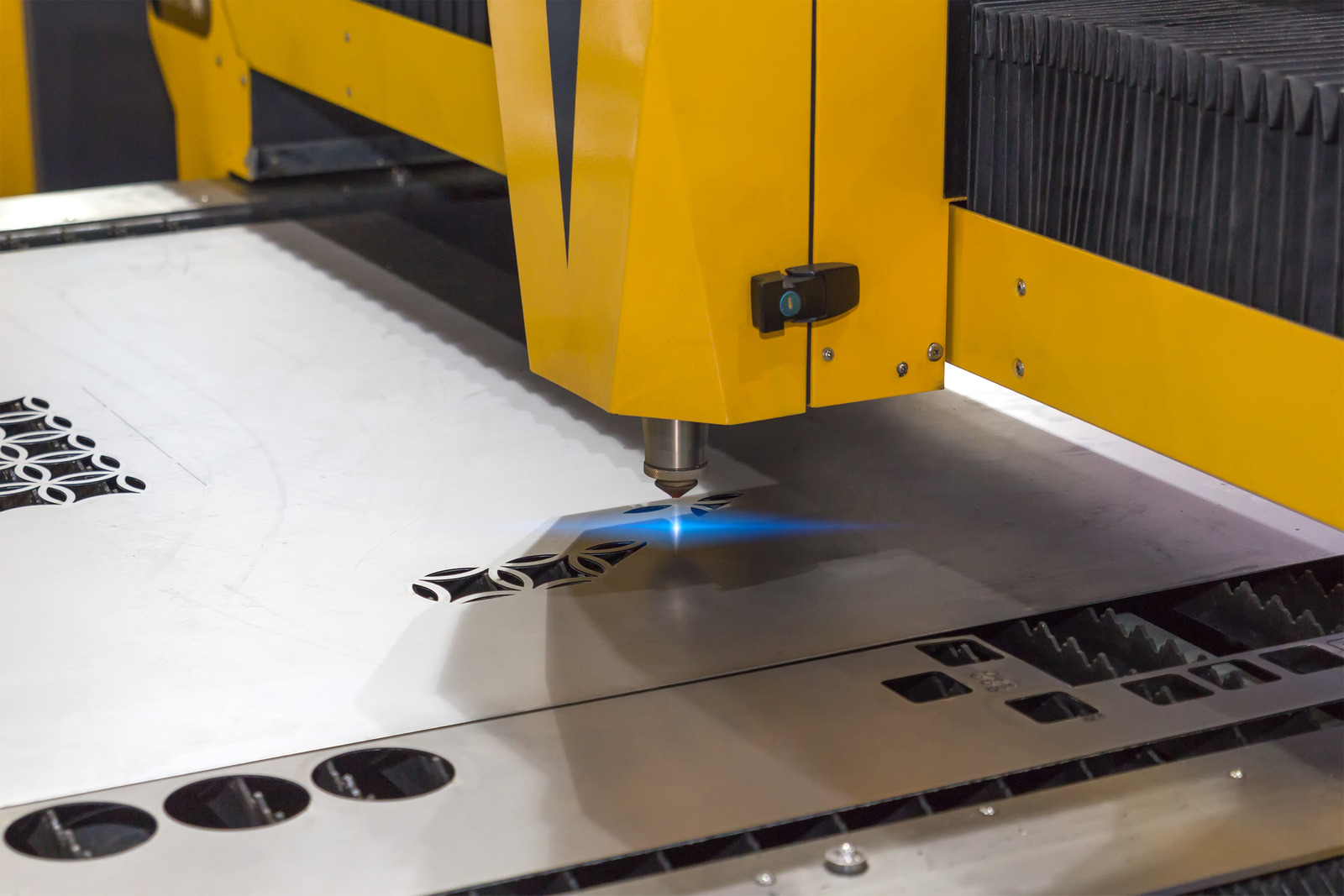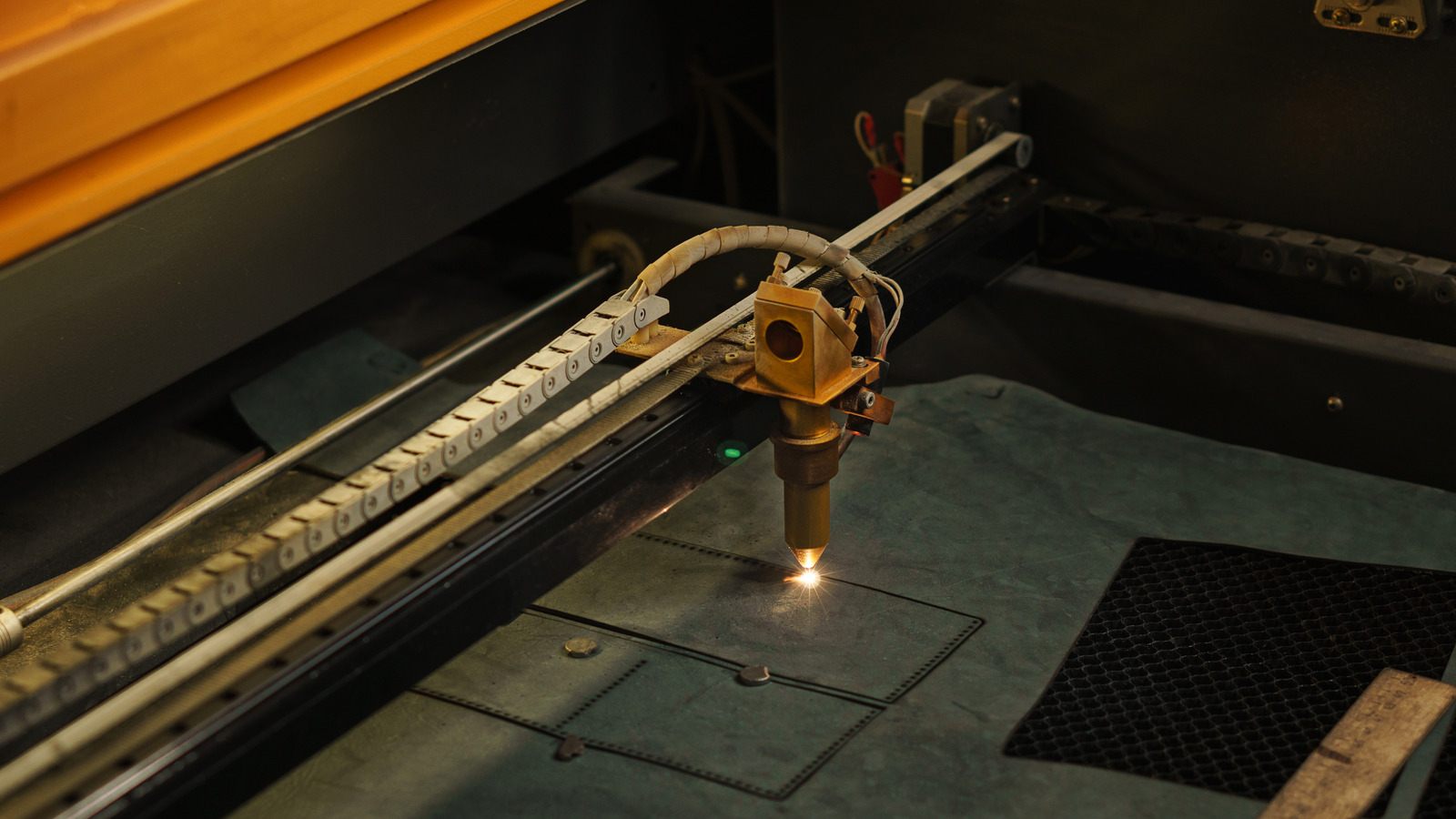Laser cutting technology has revolutionized the woodworking industry, providing woodworkers with a highly efficient, precise and cost-effective way to cut, engrave, and mark wood. With the aid of laser cutting, woodworkers can now produce products with intricate designs, surpassing the capabilities of other traditional woodworking processes. This article will explore the benefits of laser cutting when it comes to woodworking, including its high efficiency, accuracy, speed, and customization options. By understanding the potential of laser cutting, woodworkers can make more informed decisions about which processes best meet their specific needs.
How Laser Cutting Benefits Woodworking
Speed and Efficiency
When it comes to woodworking, laser cutters offer a high degree of speed and efficiency. Laser cutting technology relies on a focused beam of light which is precisely directed through a computer-controlled machine to cut the material. The main benefit of laser cutters is that they cut with exceptional accuracy and precision.
The laser cutting process is much quicker than traditional methods. With a traditional cutting technique, you may be restricted to cutting one or two materials at a time. However, with laser cutters, you can cut multiple materials at once.
Accuracy and Precision
When it comes to woodworking, accuracy and precision are key. For those who want to make sure their projects look perfect, laser cutters are the perfect tool to achieve the desired result. Laser cutters are machines that utilize precision lasers to cut, engrave, and etch exact shapes and sizes from a variety of materials.
This technology provides users with unparalleled levels of accuracy and precision, ensuring that products achieve the desired outcome.
Variety and Versatility
advantages Laser cutters can provide woodworkers with an incredible variety of shapes and sizes for their projects. Lasers can make very precise cuts, meaning you can be sure that the finished product will be exactly the way you envisioned it. In addition, laser cutters can cut through a wide range of materials in varying thicknesses, including plywood, hardwood, and even plastics.
The end result is a highly customizable piece with a consistent uniform finish. The versatility of laser cutting also means that you can experiment with different shapes and sizes as well as a variety of materials in order to achieve your desired results.

Different Types of Laser Cut Wood
MDF
MDF, or medium-density fiberboard, is a type of engineered wood that enjoys widespread use in the woodworking and furniture industries. By using laser cutting technology, MDF can be precisely cut to the exact size and shape desired. Compared to traditional woodworking methods, such as a jigsaw or circular saw, laser cutting can provide MDF with finer detail, more intricate cuts and shapes, and faster turnaround times.
The use of laser cutters in woodworking is an exciting development. Thanks to the precision of laser cutting, intricate designs and complex shapes that were once far more difficult to achieve can now be created with relative ease.
Plywood
Laser cutters are some of the most versatile tools a woodworker can use. Laser cutters use a beam of light to cut, engrave, and etch materials including fabric, leather, wood, and even plastic. In the area of woodworking, laser cutters provide an array of benefits from accuracy and speed to customization.
As it pertains to plywood specifically, a laser cutter can easily and quickly cut through several layers of thin plywood with precision and accuracy.
Natural Wood
Laser cutting is a technology that has revolutionalized woodworking, allowing woodworkers to create intricate, detailed designs with precision and speed. Laser cutters create a beam of light that is so precise that it can cut or engrave into almost any material. Laser cutters are especially useful in cutting woods, allowing woodworkers to create better, faster and more intricate cuts than they could achieve with traditional tools like saws and blades.
In particular, laser cutters are great for natural wood.

Frequently Asked Questions
What Are the Safety Guidelines for Laser Cutting?
Safety is the top priority when working with a laser cutter, regardless of the material. Laser cutters use a powerful beam of light to cut through materials like wood, metal, stone, acrylic, and more. This makes laser cutters quite dangerous, and it’s important to take safety measures when working with them.
Safety guidelines for laser cutting include: -Wear eye protection such as goggles or a face shield to protect your eyesight.
Do I Need Special Equipment?
wood When it comes to woodworking and getting creative with designs, laser cutters have taken the creative world by storm. Laser cutters offer a wide variety of crafty possibilities with wood, allowing craftsmen to create intricate designs with precision and accuracy. But with the power of these laser cutters comes the task of having to invest in specialized equipment, so what do you need to get started?
It’s important to understand that laser cutters are a specialized form of equipment that require special software and other components to operate correctly.
What Type of Wood Can Be Laser Cut?
When it comes to woodworking, one of the major benefits of working with laser cutters is the ability to make intricate cuts that would be impossible to achieve with traditional tools such as saws and carving tools. Laser cutters can easily cut through a variety of woods, and the types of wood that can be cut depend on the type of laser being used. Generally, soft woods such as balsa, pine, and basswood are easiest to cut with laser cutters, while hard woods like oak, walnut, and cherry can take a bit longer.
What does a laser do to wood?
When it comes to woodworking, the use of laser cutters has become an invaluable tool for craftsmen. Laser cutters are able to cut and engrave intricate designs into wood that would otherwise be difficult or impossible to create by hand. At the most basic level, laser cutters work by focusing a powerful beam of light onto a piece of wood.
This light is so strong that it vaporizes the particles of the wood and creates an incredibly precise cut or engraving.
Conclusion
Summary of the Benefits of Laser Cutting
Conclusion: Ultimately, laser cutting is a powerful tool for woodworking that should not be overlooked. It offers a range of benefits that make it a great choice for intricate designs and precise cuts. It has the ability to create detailed cuts in a variety of materials and produce results that are quick and accurate.
Additionally, it has the ability to produce perfectly symmetrical pieces, helping to make projects look even more professional and polished. Finally, it is a cost effective way to work with wood because of the elimination of manual labor, which saves both time and money. Laser cutting technology can be used on a wide range of projects, from small craft projects to large industrial designs.
Final Thoughts on Laser Cutting for Woodworking
in woodworking When it comes to the final thoughts on laser cutting for woodworking, it is clear that there are many benefits to using laser cutters for this particular craft. Laser cutting is more precise, faster, and generally easier to use than traditional methods of woodworking, making the process more efficient and providing better results. Laser cutters also require less setup time, allowing for quicker production and less wear and tear on the wood.
Additionally, laser cut woodworking projects can be produced with less waste, saving on cost and keeping environmental impact to a minimum. In conclusion, it is easy to see why many woodworkers are turning to laser cutters when completing their projects.


